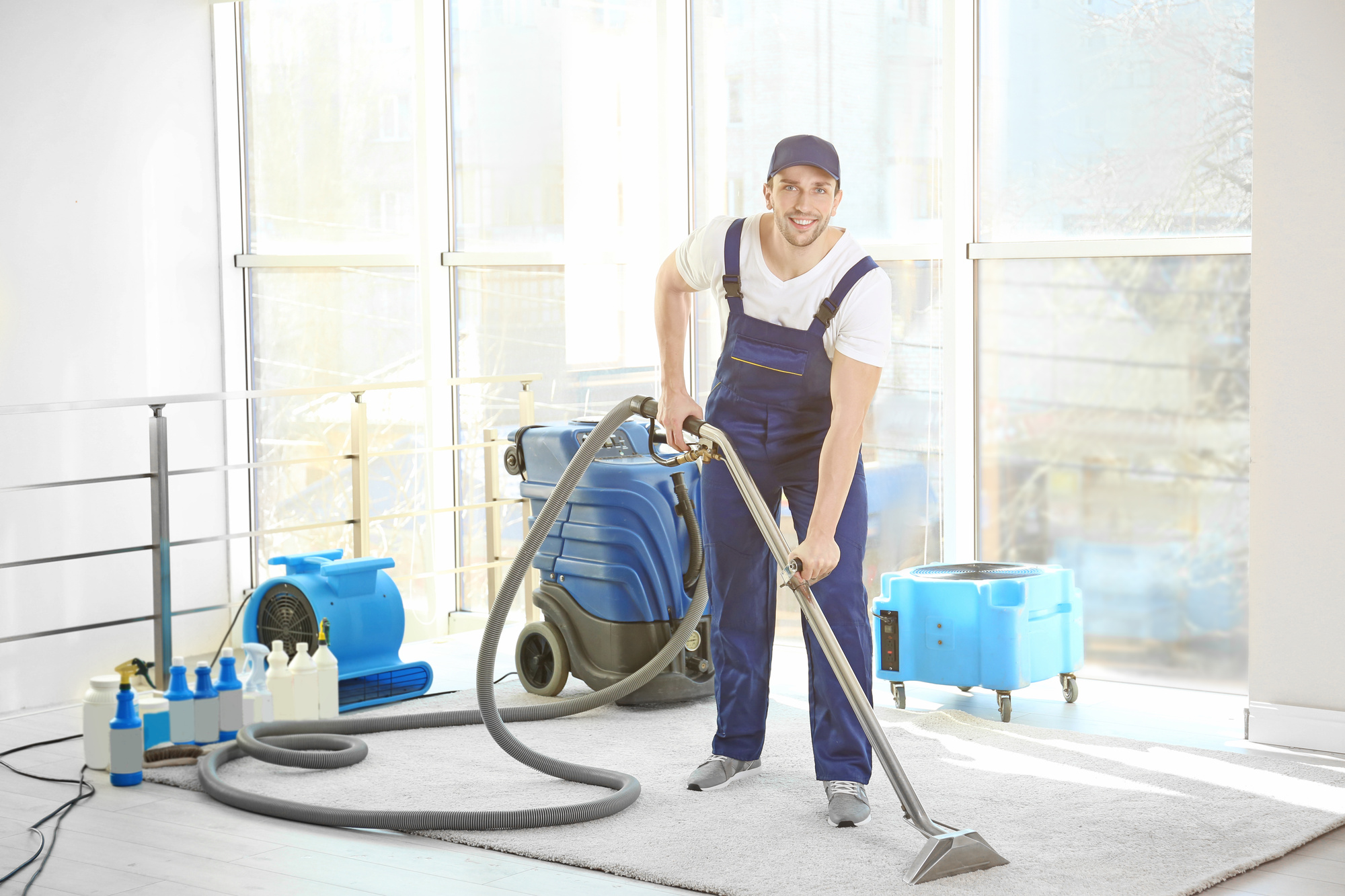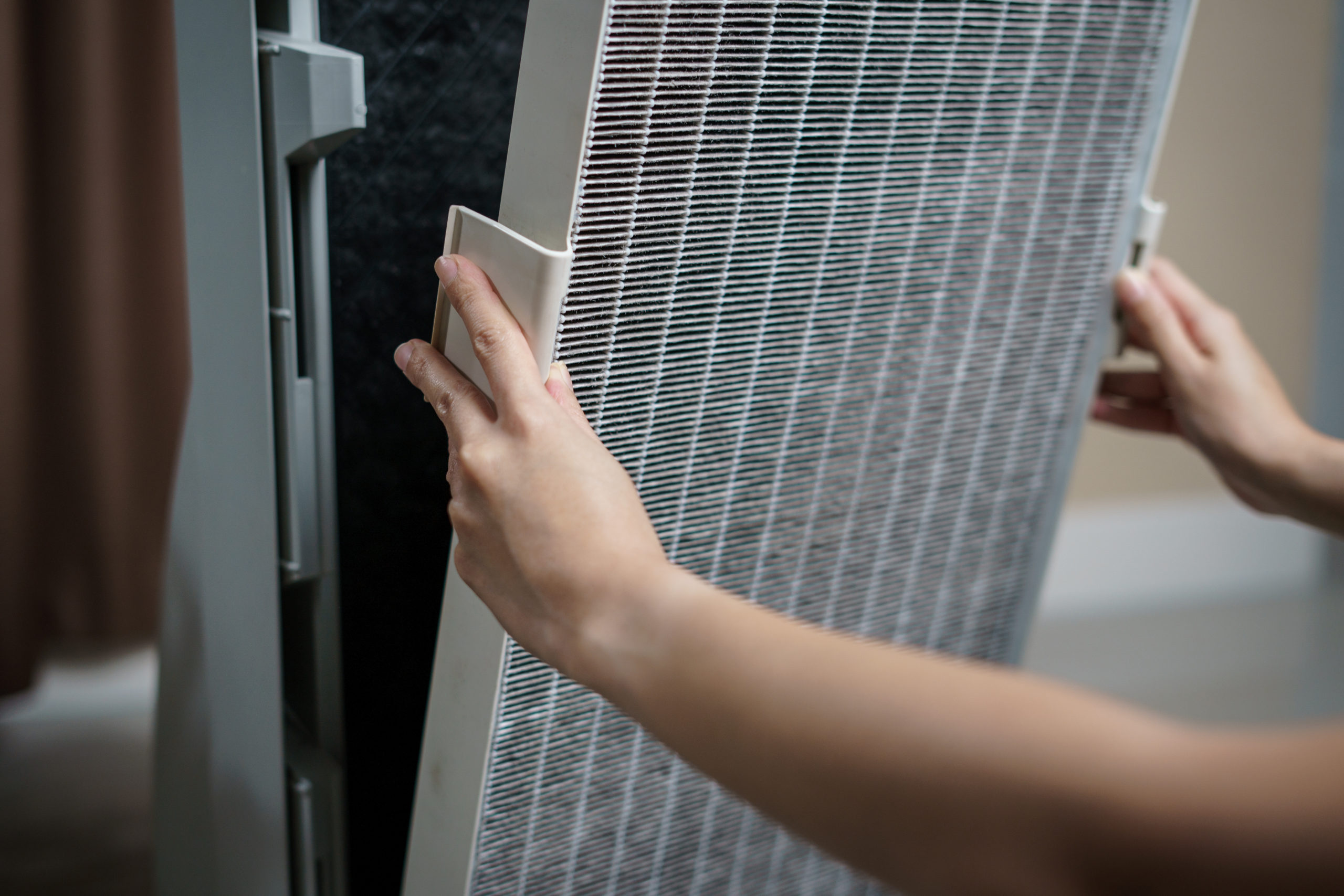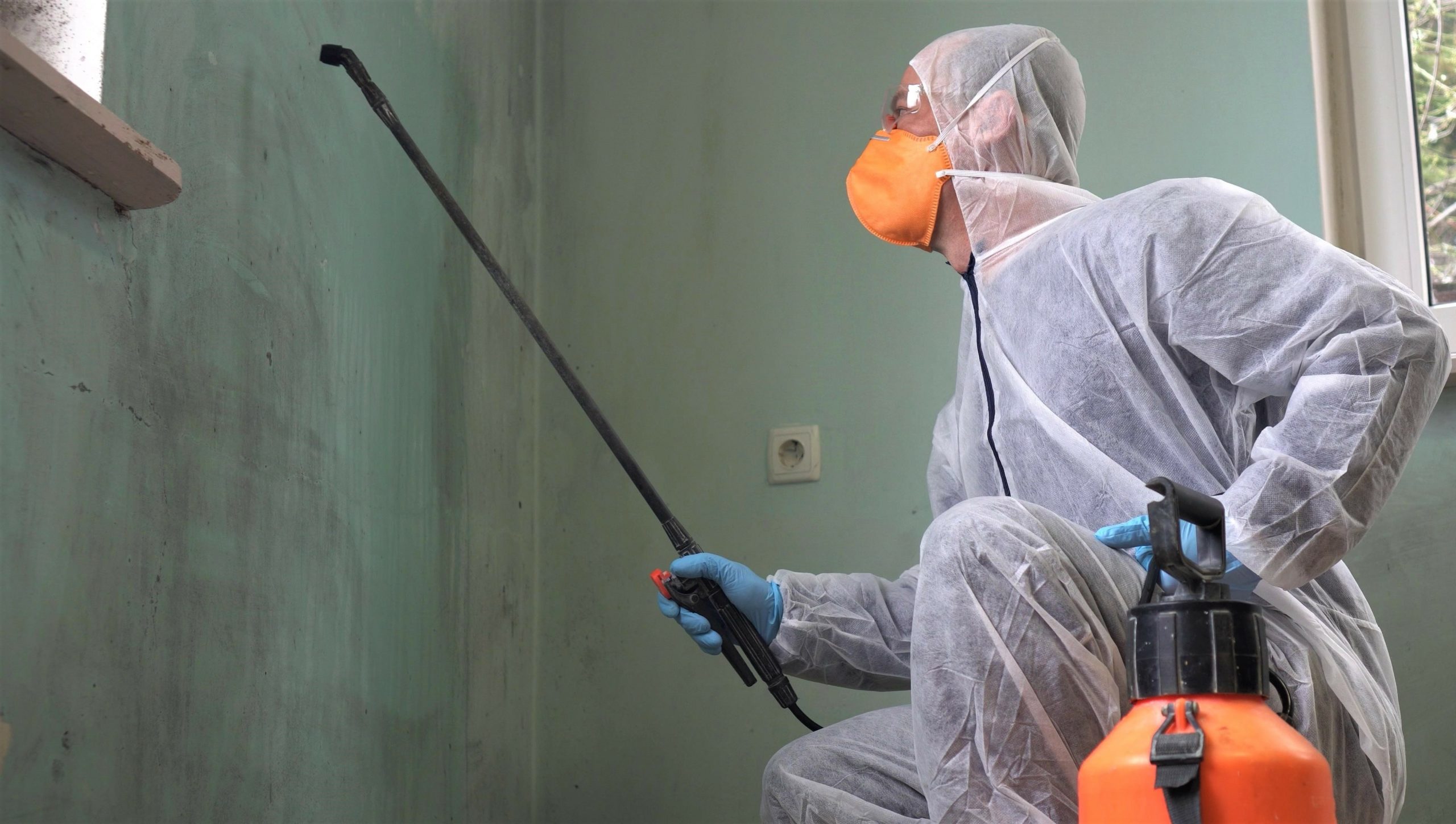Knowing the basic carpet cleaning methods and expectations can save you time and money.
As more building service contractors and in-house cleaning professionals get involved with facility carpet cleaning, this is a perfect time to go over some of the fine details as to what types of carpet cleaning systems are available, what may work best in your specific situation and what you might want to avoid.
To cover all these carpet cleaning issues in this 2-part series, we’ve asked a carpet cleaning expert, Bob Abrams, product manager for U.S. Products jansan division, a leading maker of hot-water carpet extractors, to answer the following questions, many of which you might be asking yourself.
What carpet cleaning methods are available?
There are four different methods typically used to clean carpet, each having its own benefits – as well as drawbacks. These are:
1) Shampooing, the oldest form of carpet cleaning. For a cleaning professional, this is a quick and very easy way to clean carpets because a buffer, which is typically already part of your cleaning arsenal, can be converted to shampoo. Also, there is minimal training involved. The drawback, however, is that shampooing tends to clean just the top surface of the carpet. The carpet will look clean after cleaning, but soiling and spots will likely reappear in due time.
2) Bonnet cleaning is very similar to shampooing except that a solution-moistened pad is applied to the buffer. As it is used over the carpet, it collects soils. Drawbacks are similar to shampooing.
3) Dry powder involves sprinkling a chemical solvent over the carpet. A machine agitates the solvent which is then vacuumed up, along with carpet soils. Best for cleaning carpets in 24-hour facilities or where drying times are a key consideration. Their weakness is that they are not as effective as the next method we will discuss.
4) Hot water extraction is recognized by all carpet cleaning experts as the most effective way to clean carpets. Hot cleaning solution is pressure-sprayed on the carpet using a wand which immediately removes – extracts – the moisture when pulled backward.
We should note that shampooing carpets is not performed as frequently as it was years ago and some carpet manufacturer warranties will be voided if bonnet carpet cleaning is performed. Usually, hot-water extraction is recommended by most carpet manufacturers.
Why do carpet cleaning results vary when using the extraction method?
They should not, as long as the technician is properly trained and using quality equipment. There are a number of ways cleaning professionals can receive this training and it really is imperative that they take some basic courses on carpet extraction before using the equipment.
Along with proper training, some of the other reasons your results may vary include the following:
– Using older equipment or lower quality equipment
– The machine does not heat the carpet cleaning solution; heat improves the effectiveness of the chemicals so that they help loosen and dissolve soils for easier removal. It can also reduce cleaning times because the worker does not have to perform as many passes of the wand over the carpet.
– Carpets should be vacuumed before using the extraction method so that dry soils are removed. This makes it easier for the machine to remove more deeply embedded soils.
– Most technicians pre-spray carpet chemical before cleaning; be sure to allow enough dwell time – as much as 10 minutes – before using the extractor.
Watch for part 2 of this series in the October issue of Cleaning Business Today, addressing rapid resoiling, selecting a carpet extractor, and purchasing versus renting.






